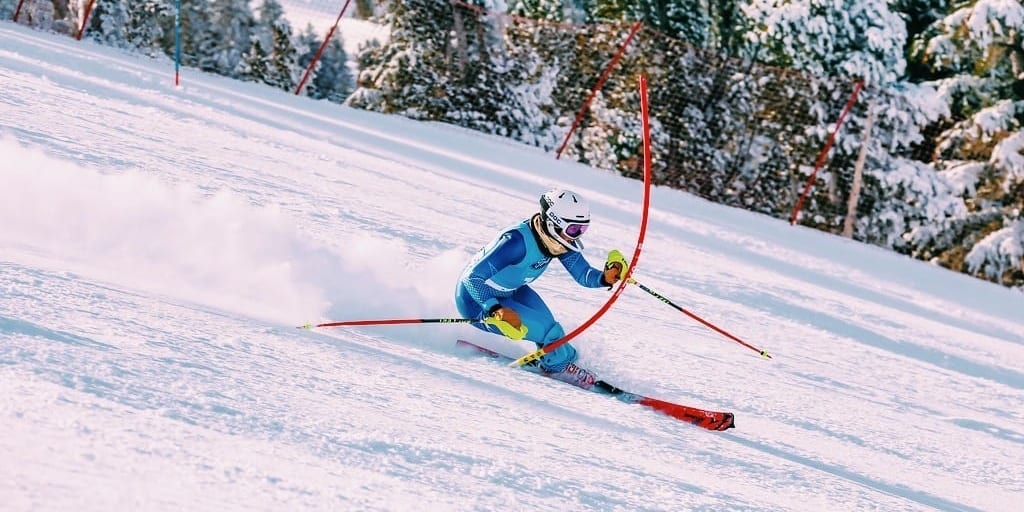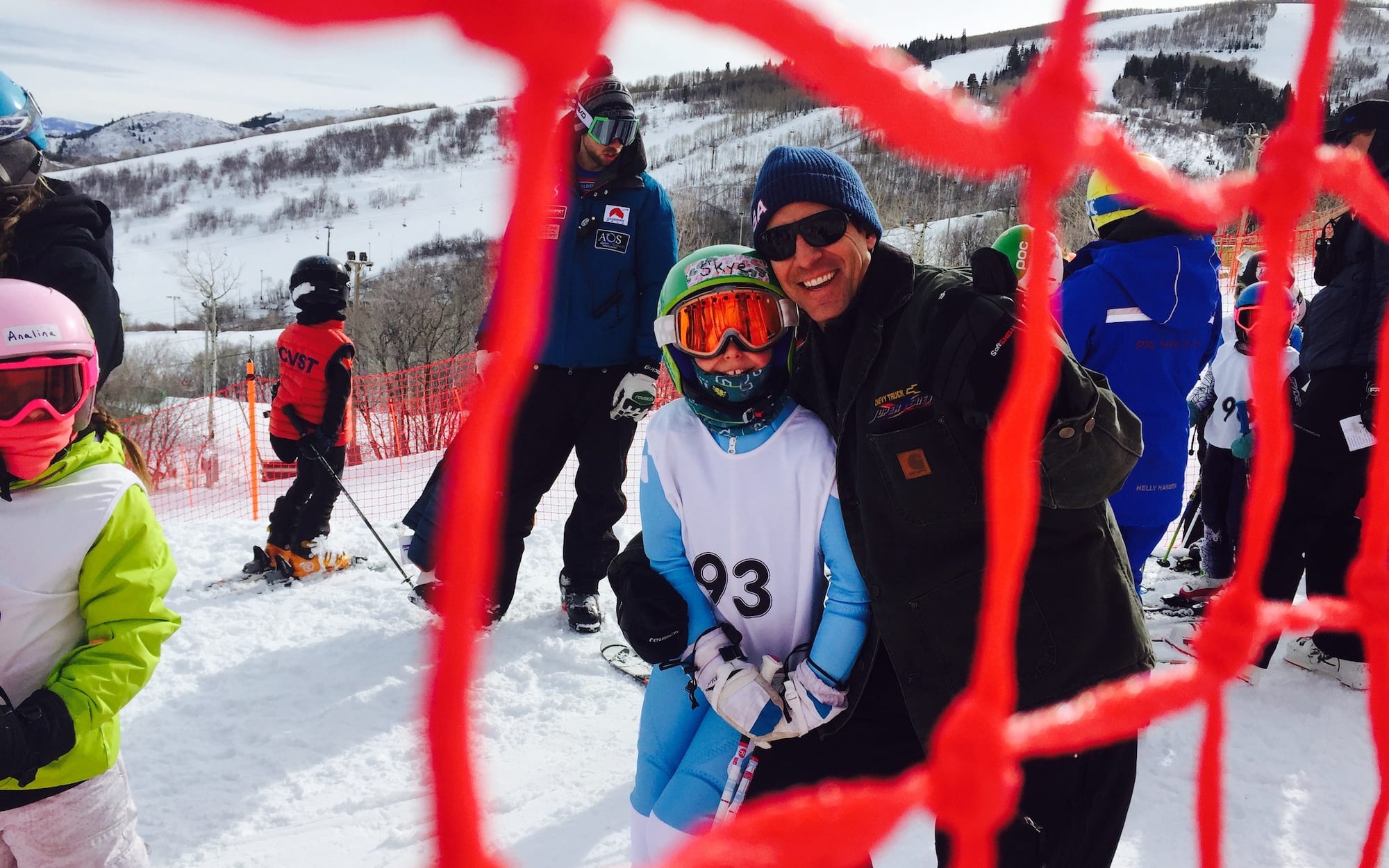World Cup Tweaks Training Run Start Order For Olympic Season
If last year’s changes to the start order in World Cup speed races didn’t confuse you enough, there’s another round of subtle adjustments coming down the pike to sort out before the 2017-18 season kicks off.
In addition to World Cup calendar confirmations for the men and women emerging at the spring conference in Portoroz, Slovenia, the FIS Council also tweaked the World Cup starting order rules for downhill training runs. New start orders in the speed events debuted last season to mostly positive reviews. This most recent change amends the current rules slightly so that the entire process for the first 30 starters in the training runs will utilize a random draw as opposed to allowing the top-10 ranked skiers to choose their start positions for the next day.
The World Cup speed start order rules introduced last season separated the top-30 ranked skiers on the World Cup Start List (WCSL) into three groups: 1-10, 11-20, and 21-30. Last season, at each team captains’ meeting before a speed training run or race, athletes ranked 1-10 were afforded the opportunity to choose their start position on odd numbers only from bibs 1-19. Next, skiers ranked 11-20 were randomly drawn to fill the even bibs 2-20. Finally, the third group of skiers ranked 21-30 were randomly drawn to receive the remaining bibs.
Starting with the opening downhill races of the World Cup season in Lake Louise, Canada, the new rules will eliminate the ability of athletes ranked 1-10 to choose their starting position for training runs and instead make it a random draw like the other two seeds in the top 30. This slight change has been made with the intent of making the process more fair. Last season’s feedback on the new process was generally positive on the women’s side, but for the men, a glaring issue kept popping up race after race that was the catalyst for this alteration.
Last season in men’s speed, the top racers on the WCSL would, in general, almost always choose the odd numbered bibs between 7-19. At first glance, this doesn’t seem like much of a problem, but in most situations an early starting number is not desirable in speed. This left the most undesirable starting positions (1, 3, and 5, in this case) as the only ones left for the remaining racers ranked in the top-10 on the WCSL.
For example, the 10th-ranked men’s downhiller in the world would always be stuck with the only starting position left available for them to choose, which was nearly always bib 1. The case could be made that a racer who is ranked, say, 7-10 on the WCSL is at a disadvantage compared to skiers with a worse ranking because skiers in the 11-20 group have a chance, albeit a random one, to draw a potentially more desirable starting position whereas the 7-10 group is more often than not forced into choosing an early bib when conditions might not warrant it.

Kids representing the start bibs dance during a public draw in Val d’Isere, France. Image Credit: Agence Zoom
On the women’s side, more untraditional bib selections prevented the scenario from playing out like it did for the men’s circuit. Top-ranked female athletes more frequently selected from the numbers which the men deemed less desirable, so the training run start orders varied to a greater degree from day to day as did their ultimate bib selections for race day.
The changes affect only training runs, so the system which debuted last year with selections for the top 10 will still be utilized for race day. However, with randomized bib distribution during the training runs, more athletes might opt for earlier start numbers on race day if they have proved beneficial in training.
Time will tell if this adjustment proves to be a positive one or if more changes are still needed in the future.





















